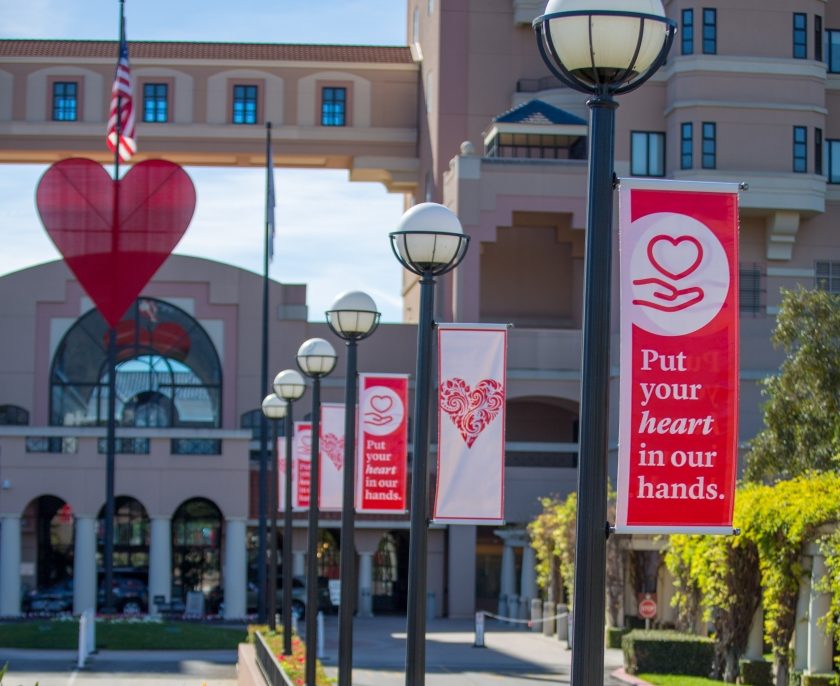Last month, Alex Durairaj, MD, medical director of cardiovascular services and Mayer Rashtian, MD, director of electrophysiology, performed Huntington Hospital’s first implant of the FDA-approved WATCHMAN™ Left Atrial Appendage Closure (LAAC) device on a patient with atrial fibrillation (AFib). Huntington Hospital is the only facility in the San Gabriel Valley to offer the WATCHMAN device as an alternative to the lifelong use of warfarin or Novel Oral Anticoagulants (NOAC) for people with AFib not caused by a heart valve problem (also known as non-valvular AFib).
An estimated five million Americans are affected by AFib – an irregular heartbeat that feels like a quivering heart. (1) People with AFib have a five times greater risk of stroke (2) than those with normal heart rhythms. The WATCHMAN device closes off an area of the heart called the left atrial appendage (LAA) to keep harmful blood clots that can form in the LAA from entering the blood stream and potentially causing a stroke. By closing off the LAA, the risk of stroke may be reduced and, over time, patients may be able to stop taking warfarin or NOAC.
“The WATCHMAN device is a novel alternative for patients with non-valvular AFib at risk for a stroke, especially those with a compelling reason not to be on blood thinners,” said Durairaj. “We provide over 2,000 catheterizations and electrophysiology procedures, and 42,000 non-invasive cardiac diagnostic procedures each year. I’m proud to now offer this safe and effective procedure to our patients seeking stroke risk treatment.”
The WATCHMAN device has been implanted in more than 50,000 patients worldwide and is done via a one-time procedure. It’s a permanent device that doesn’t have to be replaced and can’t be seen outside the body. The procedure is done under general anesthesia and takes about an hour. Patients commonly stay in the hospital overnight and leave the next day.
For more information on the WATCHMAN device, please visit: www.watchman.com.
1. Hart RG, Halperin JL., Ann Intern Med. 1999; 131:688–695
2. Holmes DR, Seminars in Neurology 2010; 3
 English
English Espanol
Espanol 简体中文
简体中文 Tagalog
Tagalog հայերեն
հայերեն 한국인
한국인 Tiếng Việt
Tiếng Việt فارسی
فارسی русский
русский 日本
日本 عربي
عربي